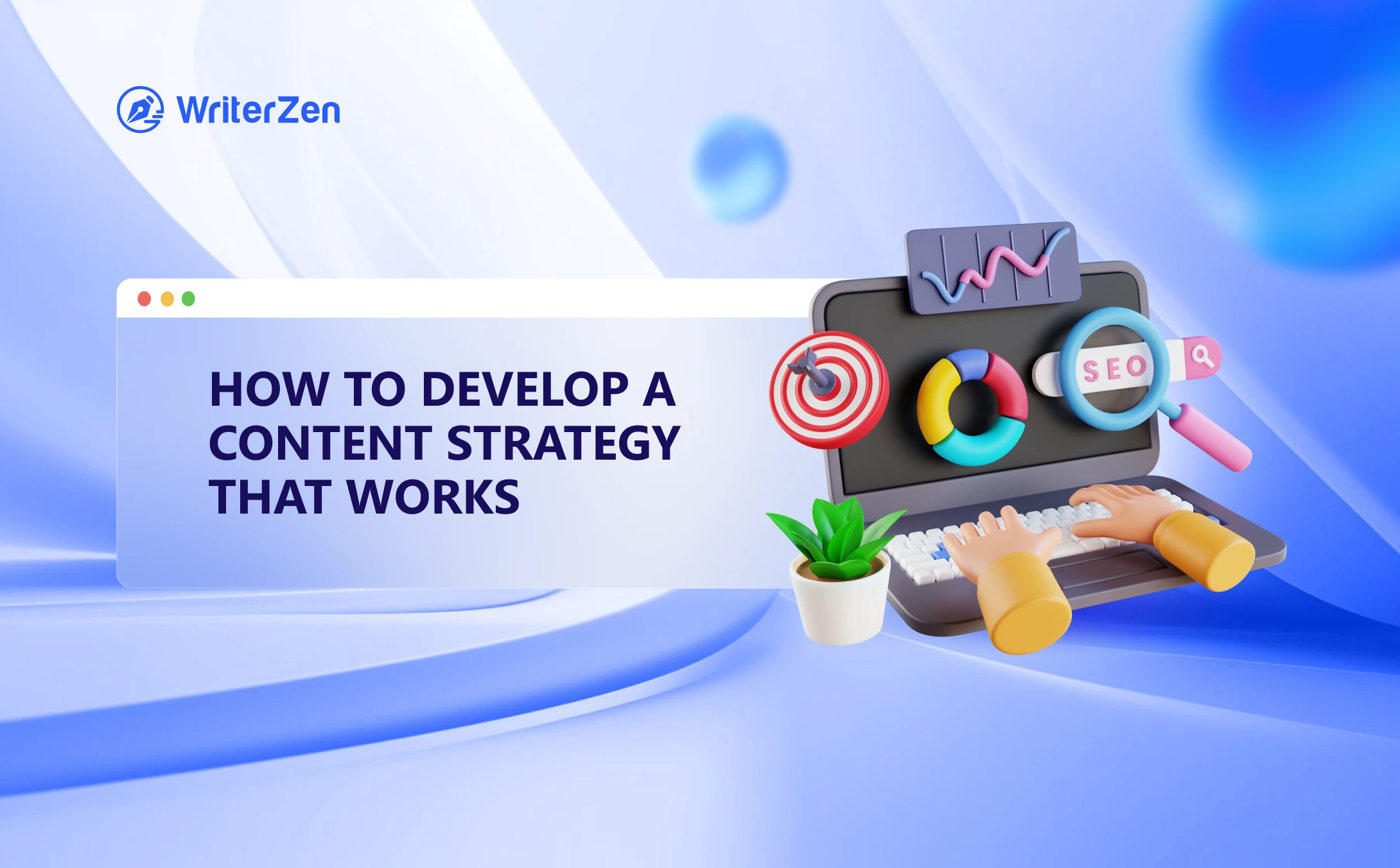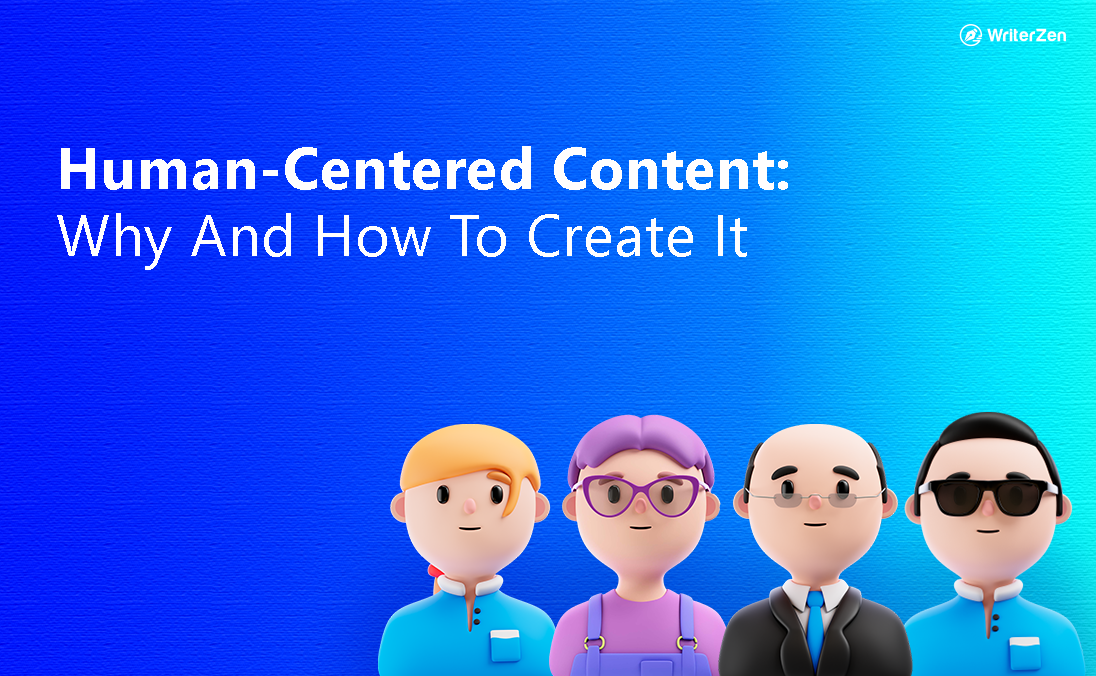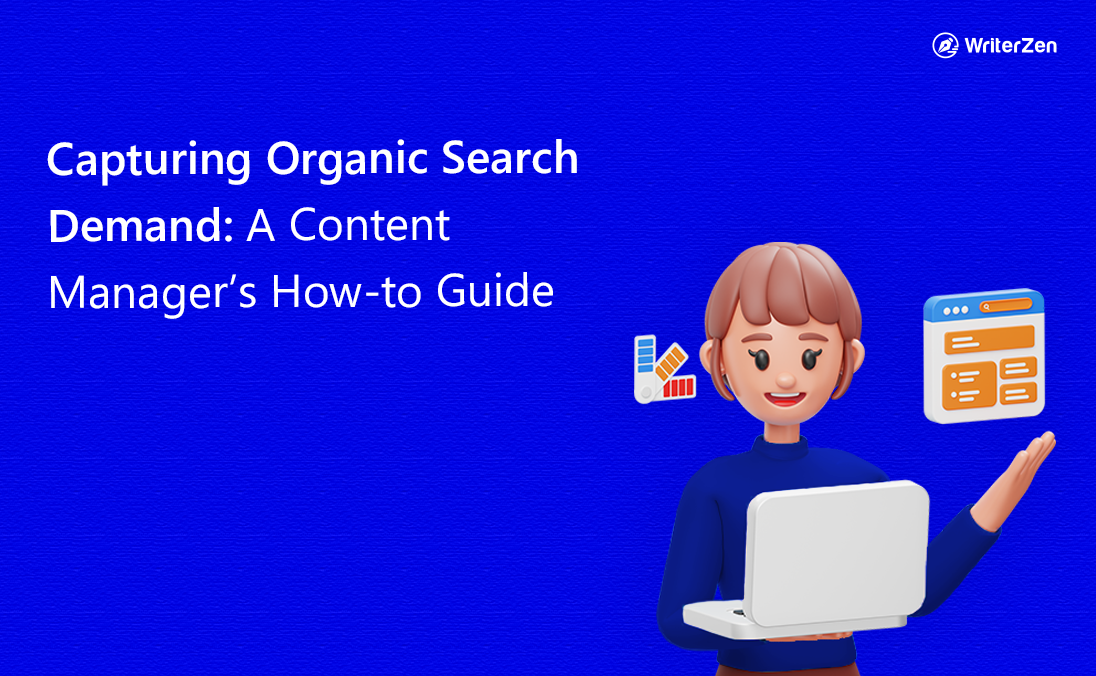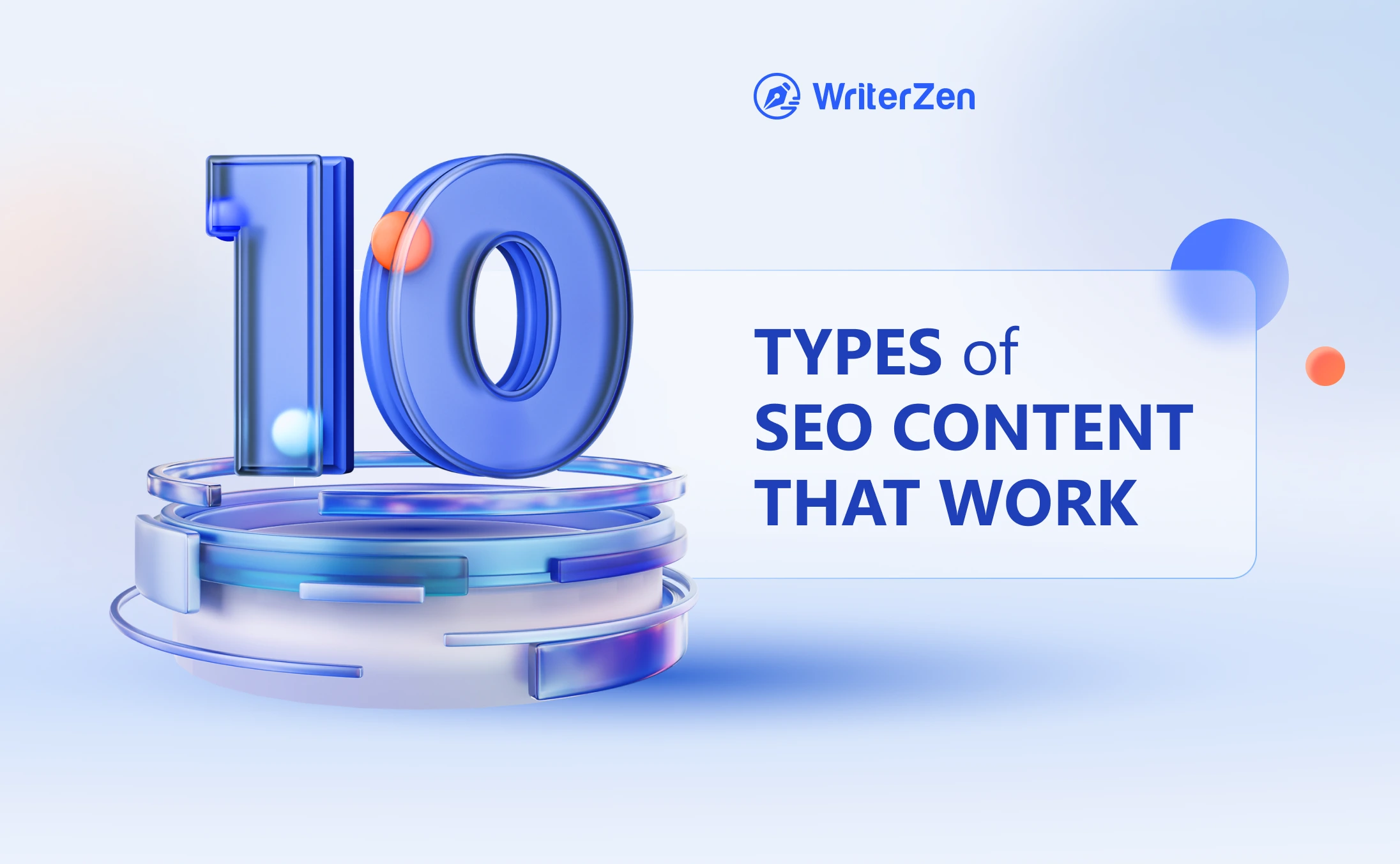Content strategy is a crucial aspect of digital marketing that involves creating, planning, and managing content to achieve specific business goals. This guide will define content strategy, explain why it is essential, discuss its key components, and provide steps to create a content strategy.
Definition of Content Strategy
Content strategy is the process of planning, creating, delivering, and managing content to achieve specific business goals. It involves identifying the target audience, creating valuable and relevant content, and distributing it through various channels to attract, engage, and retain customers.
A content strategy is the cornerstone for a thriving online presence to attract and retain customers, elevate brand awareness, establish your brand as an authority, and fuel meaningful interactions with your audience. This strategic content creation approach is pivotal for businesses looking to improve their online presence.
In this digital age, where information is abundant, attention spans are short, and consumer choices are more discerning than ever, companies must use compelling content to stand out amidst the digital noise.
Why Is Having a Content Strategy Important?
Consumer preferences and search engine algorithms constantly evolve, causing businesses to face challenges and opportunities. A well-crafted content strategy is more important than ever for success. More than just a collection of words and visuals, content bridges businesses and their audiences, shaping perceptions, fostering engagement, and driving conversions.
Here’s how having a solid content strategy can benefit your marketing efforts:
Attract and Retain Customers
Content that provides value to the audience attracts potential customers. Informative blogs, engaging videos, or helpful infographics can capture users' attention. Quality content keeps visitors engaged on the website, reducing bounce rates and increasing the likelihood of conversion.
Build Brand Awareness and Authority
Consistent and valuable content establishes brand presence in the digital landscape. Regularly publishing relevant content helps a brand stay in the audience's minds. Authoritative content, such as in-depth guides, research articles, or expert interviews, positions the brand as a credible source of information. This builds trust and authority among the audience.
Increase Website Traffic and Engagement
SEO-optimized and high-quality content improves search engine visibility and naturally attracts backlinks, enhancing the website's authority and search rankings. They are likely to be shared on social media platforms, driving referral traffic. Interactive content like quizzes or polls can significantly boost user engagement.
Improve Search Engine Rankings
Search engines favor original, relevant, and fresh content. A content strategy ensures a consistent flow of such content, signaling to search engines that the website is active and valuable. Content incorporating relevant keywords and solutions to user queries can improve organic search rankings, driving more organic traffic.
Generate Leads and Sales
Content can guide potential customers through the sales funnel. Educational content can inform prospects, while product-specific content can showcase benefits, leading to conversions. A call-to-action (CTA) strategically placed within content can direct users to relevant landing pages, encouraging them to purchase or fill out a lead form.
Enhance Customer Satisfaction and Loyalty
Valuable and informative content post-purchase, such as user guides, FAQs, and tutorials, enhances customer satisfaction by providing ongoing support and assistance. Regularly updated content, such as blogs or newsletters, keeps existing customers engaged, fostering a sense of community and loyalty. Engaged customers are more likely to become repeat buyers and advocates for the brand.
Four Key Components of a Content Strategy
These four components work together to create a cohesive content strategy that engages your audience, drives traffic, and achieves your business objectives. You can develop a content strategy that delivers meaningful results by focusing on audience understanding, content creation, brand alignment, and data-driven analysis.
1. Identifying the Right Audience
Understanding your audience is fundamental. It helps tailor your content to meet the specific needs, preferences, and challenges of your target demographic. Creating content that resonates with your audience increases engagement, builds trust, and establishes a loyal customer base.
2. Creating Quality Content
Quality content is not just about being error-free; it's about offering value. It educates, entertains, or solves a problem for the audience. When you have high-quality content, it positions your brand as an authority in your industry. It keeps your audience engaged, encourages sharing, and fosters a positive perception of your brand.
3. Defining Key Metrics
Metrics provide measurable insights into the performance of your content. They indicate what's working and what needs improvement. You can assess the effectiveness of your content by tracking metrics like website traffic, conversion rates, social shares, and engagement. This data-driven approach helps in making informed decisions to optimize your content strategy.
4. Aligning Your Brand
Your content should align with your brand's identity, values, and messaging. Consistency across all content reinforces your brand image and strengthens brand recall. When your content aligns with your brand, it supports brand credibility and fosters brand loyalty. It ensures that your audience recognizes and trusts your brand, leading to increased customer retention and advocacy.
Incorporating these elements into your content strategy ensures a holistic approach. By focusing on the right audience, delivering quality content, tracking relevant metrics, and maintaining consistent brand positioning, your content strategy becomes a powerful tool for achieving business objectives and building meaningful relationships with your audience.
Steps to Create a Content Strategy
Creating an effective content strategy involves several steps that help outline clear objectives, identify target audiences, and establish a content creation, distribution, and evaluation plan.
A comprehensive content strategy can encompass elements such as brand voice and tone guidelines, content calendar, SEO strategies, distribution channels, and content promotion and amplification methods.
These elements can vary based on the specific goals and needs of the business or organization developing the strategy.
Here are the steps to create a content strategy:
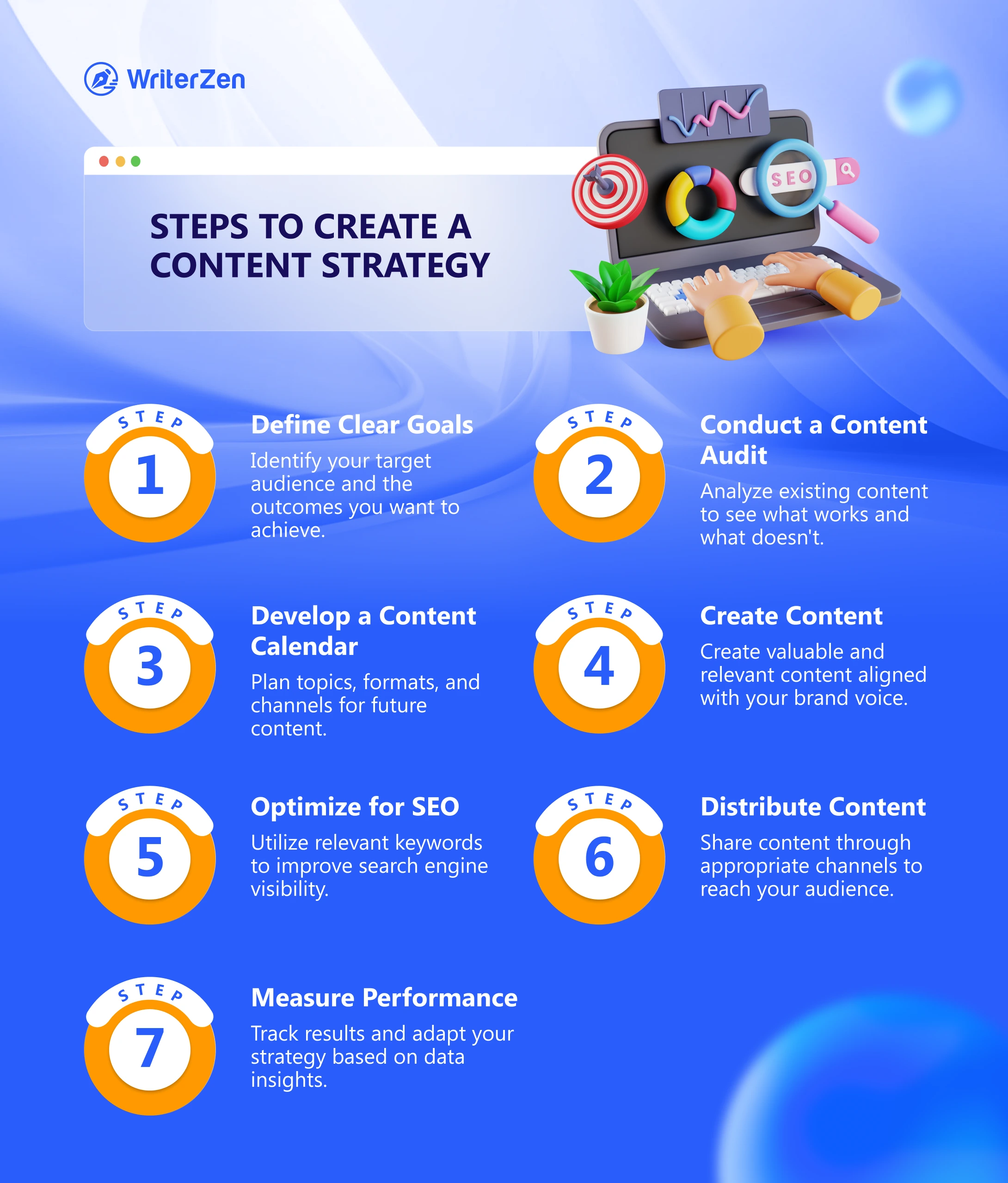
-
Define Goals and Objectives: Identify the business goals and objectives the content strategy aims to achieve. This includes identifying the target audience, understanding their needs and preferences, and creating content that addresses their pain points.
-
Conduct a Content Audit: Analyze the existing content to identify gaps and opportunities. This includes identifying the most popular content, analyzing the engagement metrics, and identifying the content that needs improvement.
-
Develop a Content Calendar: Create a content calendar that outlines the topics, formats, and channels for each piece of content. This includes identifying the keywords, topics, and themes relevant to the target audience.
-
Create Content: Create valuable, relevant, and engaging content for the target audience. Establish guidelines for content creation, including style, tone, branding, and messaging. Consistent branding across all content creates a cohesive brand identity.
-
Optimize for SEO: Implement SEO best practices by researching relevant keywords and integrating them naturally into your content. Optimized content improves search engine visibility, driving organic traffic.
-
Distribute Content: Distribute the content through various channels to reach the target audience. This includes social media, email marketing, paid advertising, and other relevant channels to the target audience.
-
Measure Performance: Measure the performance of the content strategy and optimize it for better results. This includes tracking key performance indicators (KPIs), analyzing data, and making data-driven decisions to improve the content strategy. Continuously refine your approach to align with changing audience preferences and market trends.
Final Thoughts
A good content strategy is essential for the success of digital marketing. It helps businesses attract and retain customers, build brand awareness and authority, increase website traffic and engagement, improve search engine rankings, generate leads and sales, and enhance customer satisfaction and loyalty.
You can develop a content strategy that delivers meaningful results by focusing on audience understanding, content creation, strategic distribution, and data-driven analysis.


